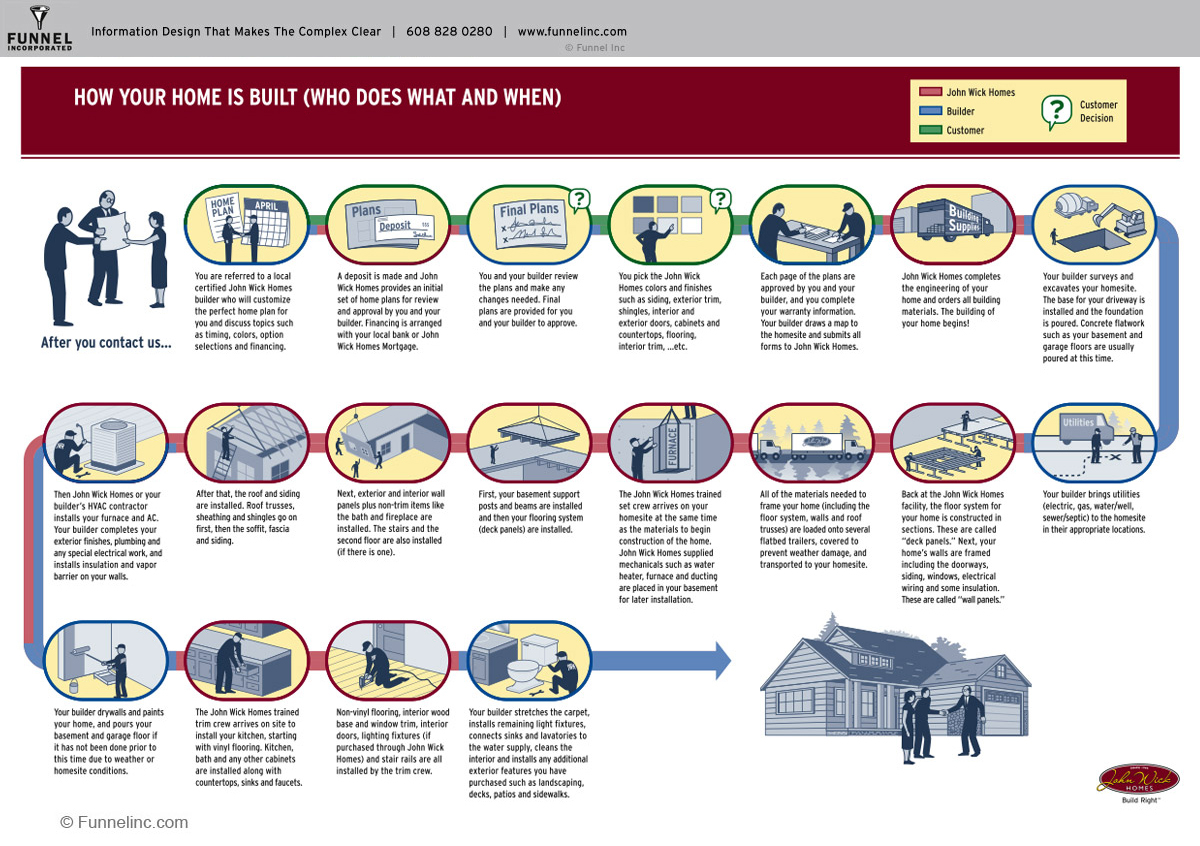Just How To Allocate Your Floor Covering Job: A Practical Overview
Just How To Allocate Your Floor Covering Job: A Practical Overview
Blog Article
Staff Author-McGrath Borg
When you're preparing a flooring task, budgeting isn't just about selecting a number; it's about recognizing what you absolutely require and the prices involved. You'll want to examine your certain requirements, study different materials, and prepare for unexpected costs. Think of just how factors like space objective and setup techniques can influence your spending plan. Yet prior to you jump in, there are some critical information you could neglect that could significantly affect your total prices. Let's discover just how to browse these intricacies and ensure your job remains on track.
Assessing Your Floor Covering Demands
Before diving right into your flooring task, it's vital to assess your floor covering needs. Start by considering the particular locations where you plan to install brand-new floor covering. Consider the purpose of each room. As an example, kitchens and bathrooms call for waterproof materials, while living areas may take advantage of comfort and aesthetic appeals.
Next off, examine the existing conditions of your floorings. Exist any type of architectural issues, such as irregular surface areas or wetness issues? Resolving these concerns early can save you time and money down the line.
Also, remember of the measurements of each space to determine how much floor covering you'll need.
Don't forget to consider your way of life. If you have pets or young children, resilience might be your leading concern, while an extra formal room might call for an elegant finish. In addition, think about your layout preferences. Do you favor a timeless appearance, or are you attracted to contemporary designs?
Finally, be epoxy floor company about just how much upkeep you're willing to commit to. Some materials call for even more maintenance than others. By comprehending your requirements clearly, you'll be much better furnished to make enlightened options as you move on with your floor covering task.
Estimating Prices and Products
Approximating costs and materials is a critical action in your flooring project that can significantly affect your total budget. Start by gauging Read Full Report to determine just how much floor covering you'll require. For a lot of products, you'll locate rates by square foot, so gather quotes from various suppliers to get a realistic figure.
Next, think about the kind of floor covering you want. Choices like wood, laminate, ceramic tile, or rug all included various rate factors. Research the expenses for every and factor in any extra products like underlayment, adhesive, or transition strips.
Don't neglect to include devices if you're planning a DIY installation, as renting or acquiring devices can contribute to your expenditures.
Labor prices are another crucial consideration. If you're employing professionals, get price quotes from multiple service providers to ensure you're getting a fair price. Be clear regarding the range of work to prevent unforeseen fees later.
Last but not least, it's important to allot a tiny percent of your allocate any type of unanticipated costs related to materials. By thoroughly estimating your costs and materials in advance, you'll establish yourself up for a smoother and a lot more convenient floor covering task.
Planning for Hidden Costs
Numerous house owners ignore the covert costs that can arise during a flooring job, which can result in budget plan overruns. To prevent this, you need to plan for prospective added prices.
Initially, consider the condition of your existing subfloor. If it's harmed or uneven, you'll likely require repair work or leveling, which can add substantially to your general expense.
Next off, consider removal and disposal charges for your old floor covering. Several service providers charge extra for this service, so variable that into your spending plan.
Additionally, do not ignore the expenses of underlayment, which might not be consisted of in the preliminary quote yet are necessary for a successful installment.
You must also plan for unexpected complications, such as plumbing or electric job if your floor covering project entails moving fixtures. It's a good idea to reserve a minimum of 10-15% of your total budget for these unforeseen costs.
Last but not least, bear in mind that authorizations might be needed for sure setups. Always check local guidelines to stay clear of fines or hold-ups.
Verdict
To conclude, budgeting for your floor covering task is important for an effective outcome. By assessing your demands, estimating costs, and preparation for surprise expenses, you'll stay clear of shocks and remain on track. Keep in mind to allot a portion of your budget for unexpected costs and maintain a thorough break down of your expenses. With careful planning and consideration, you'll produce a beautiful space that fulfills your requirements without breaking the financial institution. Delighted floor covering!
